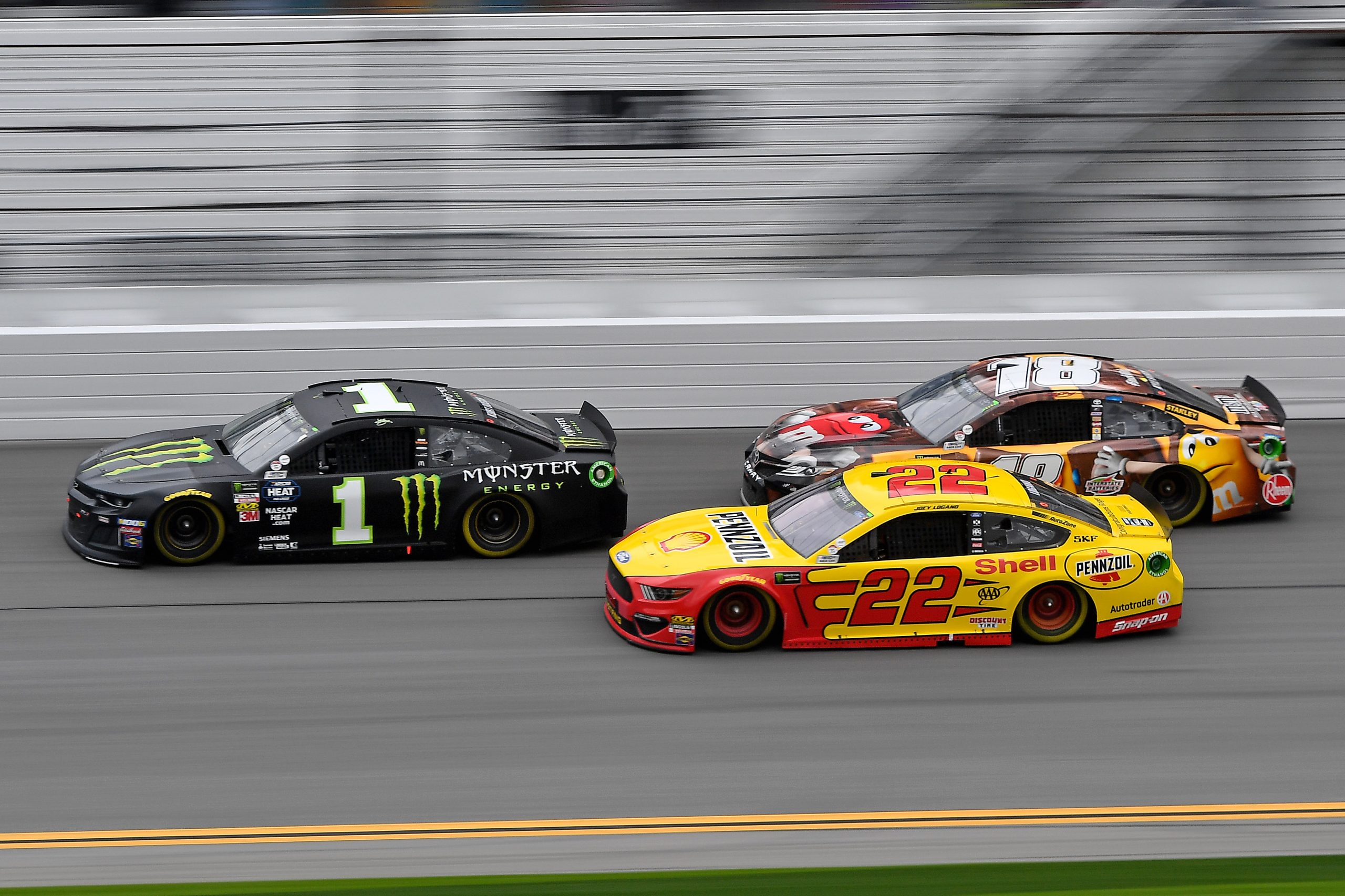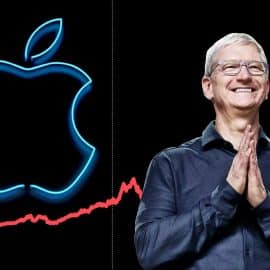Do you consider yourself a sports car enthusiast?
For so many of us, it’s not just about the thrill of the race itself, but part of the excitement lies in the innovation automakers bring to the table.
With the advent of the World Sports Car Championship in 1953 came what we know of today a sports prototype racing. This brought competition to a world that was previously governed by the Federation Internationale de l’Automobile (FIA).
In the early days of protype racing, the cars were small and lightweight. They featured front engines encased in a very aerodynamic body. At this point, engines hadn’t advanced to the high-tech beasts we see today, but their aerodynamic bodies helped make up for deficiencies in horsepower.
Unfortunately, what was good for horsepower wasn’t always good for safety, and the airflow underneath the cars often caused a lifting effect on the front axle.
This is where true innovation began to take hold.
Innovations Give Way to Unforgettable Moments
In 1956, an engineer by the name of Michael May constructed an airfoil that produced a negative force towards the ground – combatting the problem of the airlift effect. He then mounted this airfoil onto his Porsche Type 550, and it was wildly effective. So effective, in fact, that it was banned from racing.
Porsche Claims Victory at Formula 1
In 1963, a mid-mounted engine race car won the 24 Hours of Le Mans for the first time. This is when automakers sat up and took notice. Finally, there was an alternative engine that could improve handling and aerodynamics. Around this time, we also saw the development of the wing. By 1968, wings were making an appearance on Formula One cars.
In August of 1962, Dan Gurney claimed victory in the elite class of a Formula One. This made history because this was the first and last Porsche F1 victory.
Engines get a turbocharge
In the late 70s, French automaker Renault brought the first turbocharged engine to Formula One. It’s notable because this wasn’t a new concept to racing in general, but with some improvements, Renault upgraded the turbocharged engine to become reliable, fuel efficient and more powerful.
By the end of the decade, you’d be hard pressed to find a car at Formula One without a turbocharged engine. That’s how quickly things changed… and how much of an impact Renault had on the industry.
It was the perfect time for the change because the FIA had recently introduced consumption rules (Group C) that put a limit on fuel consumption to 60 liters per 100 kilometers of racing. The turbocharged engine provided the perfect balance for meeting that fuel efficiency with enough horsepower.
And in 1974, the Porsche 911 Carrera RSR began to dominate Group 4 racing, coming in second overall in the 24 Hours of Le Mans.
A Magical Spyder
In 1977, Jacky Ickx claimed his fourth 24-hour Le Mans victory, this time for the Porsche team. It was a rocky start before Ickx took the wheel and finished the race. He drove for 7.5 hours with only a break of 1.5 hours. He clawed his way to fourth place, and it’s as if magic happened. The stars were aligned, and all three of the Renaults ahead of Ickx in the race broke down. There were even some nail-biting moments at the end when the Porsche Spyder developed engine problems, but it prevailed. It was as if fate intervened for Porsche and Ickx on that day.
As you follow sports car racing, it’s interesting to see how technology changes the dynamic of every race. There are personal victories, professional wins and technological breakthroughs around every bend.
What’s your favorite moment in sports car racing?
Add The Sports Daily to your Google News Feed!







